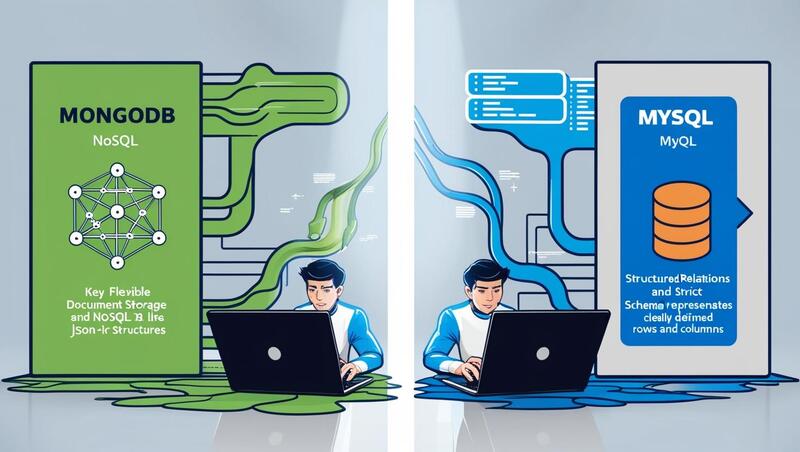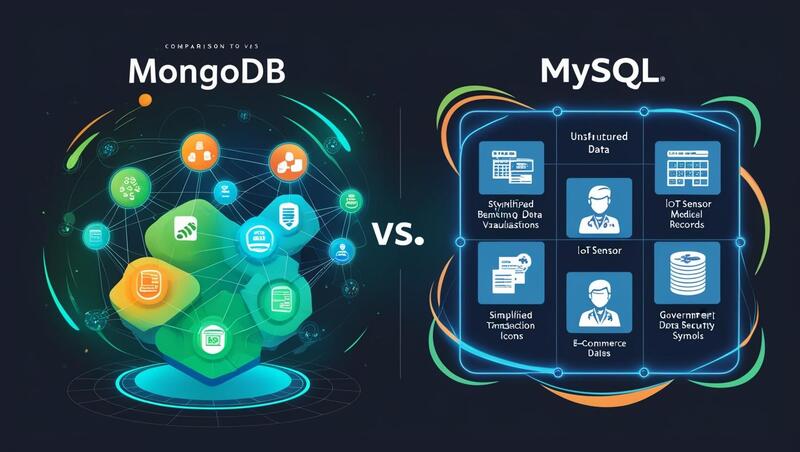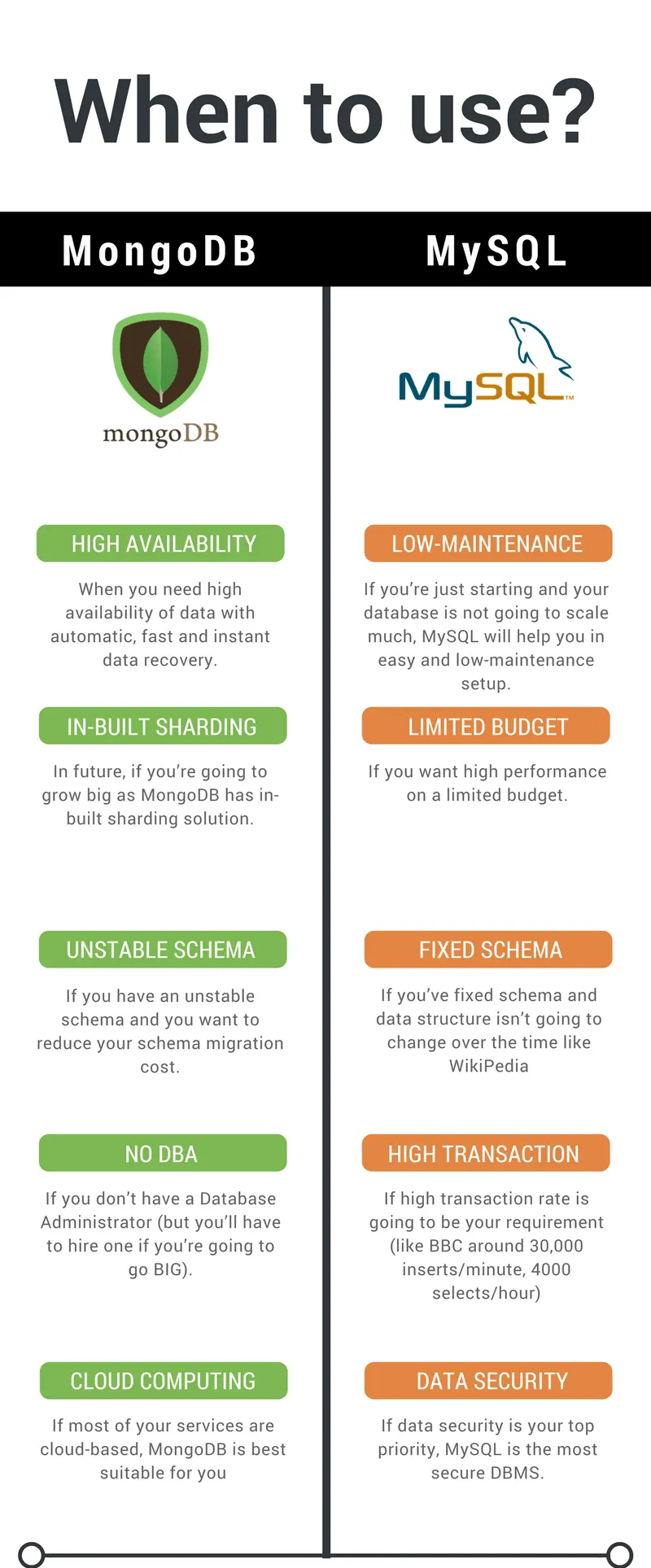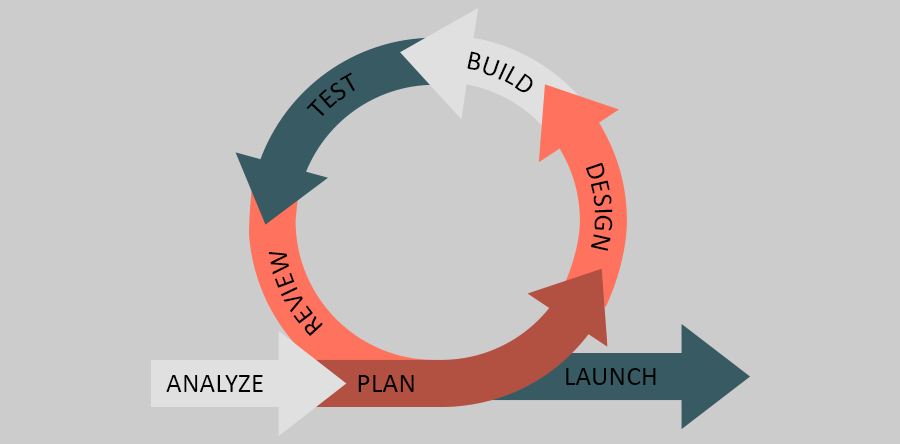Today we are here to showcase a complete ABC of Node.js which is an open-source runtime built on Google’s V8 engine. The features of node js enable fast, scalable web development with non-blocking I/O.
The 2024 Stack Overflow survey reported over 50% of developers use Node.js in production. This is because it powers real-time apps and microservices for companies worldwide due to excellent node js performance. Plus its extensive NPM library and ease of use drive its popularity in modern web development, making node js for web development essential.
What is Node.js?

Node.js is a very trusted runtime environment for running JavaScript that too outside a web browser for server-side development. It uses Google’s V8 engine for fast performance.
The features of node js support non-blocking, event-driven programming. This design helps handle many tasks at once. It is ideal for web servers, real-time apps and microservices.
Web developers use one language for both front-end and back-end code. Node.js has a large library of modules via NPM. Node js performance is excellent on various platforms. It is used worldwide for building fast, scalable applications. Node js for web development is trusted by millions globally.
Now let’s move on to the pros and cons of node js….
Top 5 Advantages of Node.js:
Node.js offers many benefits for modern web development. We are not listing the key advantages that make node js for web development a top choice!
1. High Performance & Speed:

Node.js performance is exceptional as it uses a fast V8 engine to compile and run code quickly. It uses non-blocking I/O and asynchronous programming. For example, a web server can handle many requests at once that too, without waiting for every other task to finish.
2. Scalability for Large Applications:
The features of node js can manage many connections at the same time. It uses clustering to distribute tasks across multiple CPU cores. This helps build apps that grow with user demand. For instance, social media sites use Node.js to serve thousands of users efficiently.
3. Full-Stack JavaScript:

The use of full-stack JavaScript by node js for web development, is also an important benefit. Developers write both client-side and server-side code in the same language for web development. Full-stack development reduces the requirement to learn different languages. This speeds up development. Small startups and big companies alike enjoy this simplicity of node js performance.
4. Rich Ecosystem & NPM Packages:
Node.js features have a rich ecosystem. It also has many NPM packages. Developers can use thousands of open-source libraries for adding features quickly by using node js for web development. For example, Express and Socket.io simplify web and real-time development by offering ready-made solutions.
5. Real-Time Application Support:
Finally, features of node js support real-time applications well. It allows data to be exchanged instantly between the server and client. Chat apps and online games use this feature to provide fast, live updates. Overall, Node.js is a powerful tool that offers high web performance, scalability, simplicity of features, a vast package ecosystem and powerful support for real-time applications.
Must Read: Node JS vs Python
Top 5 Disadvantages of Node.js:

Node.js might be a popular tool for building web applications. However, there are some disadvantages of node js as well:
1. Single-Threaded Nature:
Node.js uses a single thread to handle tasks. This means it can do only one thing at a time. When you run a heavy task, such as complex image processing or data crunching, the entire server may slow down during node js performance. For example, a heavy computation can block the event loop and make the app unresponsive.
2. Callback Hell & Asynchronous Complexity:
Node.js architecture relies on asynchronous code and callbacks. This can lead to “callback hell.” Many nested callbacks make the code messy and hard to follow. It is crucial among the key disadvantages of node js because beginners often find it confusing. For instance, tracking the flow of data through many callbacks is not easy.
3. Security Concerns:
Features of node js have many third-party modules available through npm. Not all modules are well maintained. Some may have security vulnerabilities. This can put your app at risk if you use an untrusted package. For example, an outdated module may expose sensitive data.
4. Unstable API Changes:
The API (application programming interface) in Node.js can change frequently. New updates may break your existing code. Developers must often modify their code to keep up with the latest version. This can slow down development and add extra work for node js performance.
5. Limited Multi-Threading Support:
The features of node js do not support multi-threading in the same way as some other languages. It struggles with heavy computation tasks. Although you can use clusters or worker threads, these solutions are not as simple as true multi-threading.
Must Read: Laravel vs NodeJS
Now that we have clearly listed the advantages and disadvantages of node js, you must be aware when to use node js and when not. Let’s discuss that:
When To Use and Not To Use Node.js?

Node.js features are ideal for real-time, I/O-intensive applications only.
- Use it for chat-based apps, live streaming and online gaming web development or applications.
- Works well in microservices and RESTful APIs.
- Many companies worldwide use Node.js for fast, scalable systems. For example, LinkedIn and Netflix use it to manage high traffic.
- Do not use Node.js for CPU-heavy tasks. It may slow down during complex computations.
- Avoid it for video processing, large-scale data analysis or heavy mathematical calculations. In such cases, languages like Java or C++ are more suitable.
- Choose Node.js when low latency and high concurrency are key.
Is Node.js Right for You?
In summary, Node.js stands out in the world of web development. Evaluating the advantages and disadvantages of node js shows clear node js pros and cons that will help you boost its performance. With a balanced mix of power and limitations, Node.js remains a versatile platform for dynamic, scalable web solutions across industries. If you’re looking to build a high-performance web application, it’s wise to hire Node JS developers who can leverage its full potential and optimize it for your specific needs.
FAQs:
Node.js is a JavaScript runtime built on Chrome’s V8 engine, allowing fast server-side applications.
Its non-blocking I/O and event-driven architecture make Node.js highly efficient for web apps.
Yes, Node.js handles high concurrency effectively, making it ideal for scalable applications.
Node.js may struggle with CPU-intensive tasks and lacks a multi-threading approach.
Yes, its event-driven model is perfect for real-time applications like chat apps or live updates.
Node.js can be used for building cross-platform mobile apps with frameworks like React Native.
Node.js is best for real-time, data-heavy applications like chat apps, games, and collaborative platforms.
Yes, Node.js is widely used to build RESTful APIs and is great for handling JSON data.
Yes, Node.js easily integrates with NoSQL (MongoDB) and SQL databases like MySQL or PostgreSQL.
Yes, Node.js is increasingly used for building enterprise-level applications due to its scalability and speed.















